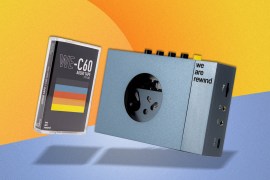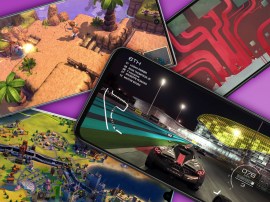Best Fitbit in 2025 including smartwatches and fitness trackers
These are the best Fitbits to buy right now — wearables to help track your steps, calories, activities and sleep
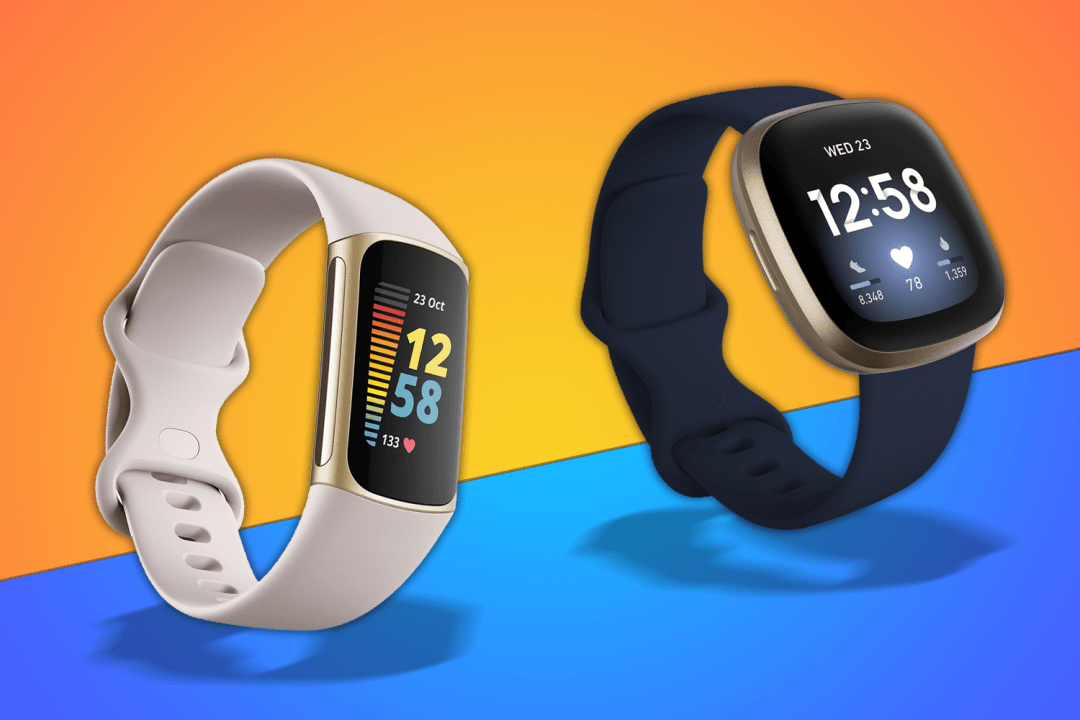
Looking for the best Fitbit for you? We don’t blame you. Fitbit makes some of the most popular and best fitness trackers out there and there’s a whole bunch of reasons why they are still the best to have on your wrist to track things like your daily steps, sleep and generally get a better sense of your health and fitness.
Now under the ownership of Google, Fitbit remains firmly (for now at least) in the business of building wearables that motivate you to get healthier, fitter and stronger, whether you’re young or old.
Fitbit’s family of trackers and smartwatches is a reasonably big one, with some coming in pricier or cheaper than others. If you’re sold on a Fitbit of some kind, but not sure which one is going to be the best fit for you, we’ve tested all of the latest Fitbit devices, finding out their strengths and weaknesses to help make that decision between them a much easier one.
Why you can trust Stuff: Our team of experts rigorously test each product and provide honest, unbiased reviews to help you make informed decisions. For more details, read how we test and rate products.
What is the best Fitbit?
We think the Fitbit Versa 3 (buy now) is the best Fitbit for most people. Fitbit’s older generation Versa smartwatch doesn’t hugely miss out on what’s new on the Versa 4 and still offers a great core tracking and smartwatch experience, minus the extra health smarts you get on the pricier Sense.
Other Fitbit recommendations
The Fitbit Inspire 3 (buy now) is great if you want Fitbit fitness tracking without spending big bucks. It will give you a great core experience. It’s lightweight and very comfortable to wear, too.
The Fitbit Sense (buy now) can get a good, reliable fit at all times which is key when it comes to heart rate tracking. It also features an ECG, an infrared-based SpO2 sensor and a temperature sensor.
The Fitbit Charge 5 (buy now) is comfortable and unobtrusive to wear to bed, making it great for sleep tracking. Really, though, all Fitbits are great at sleep tracking.
The best Fitbits you can buy today:
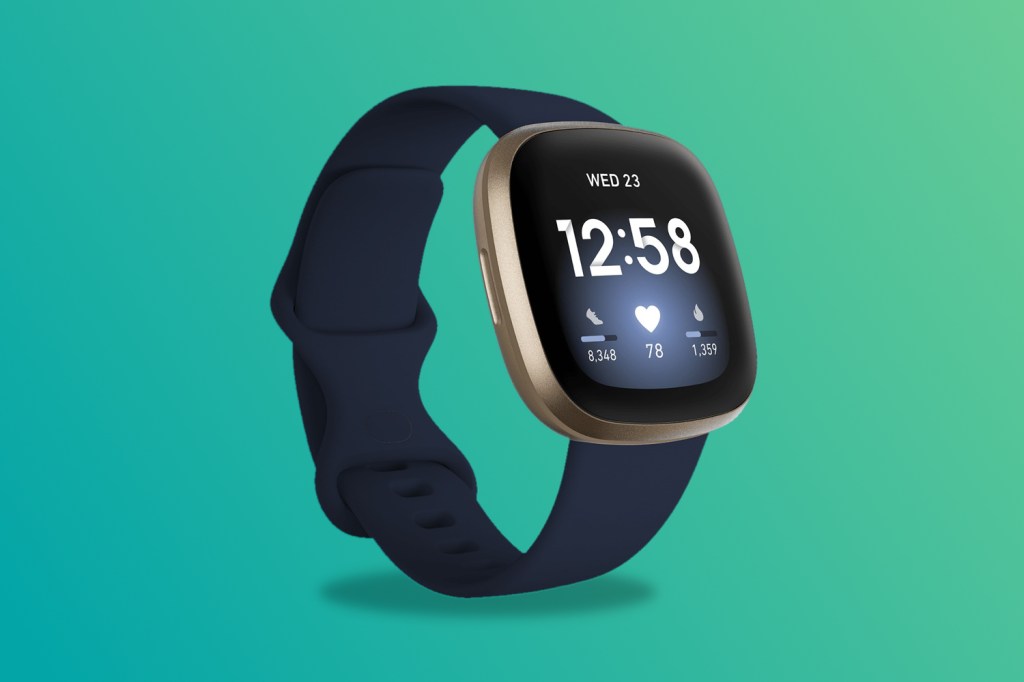
1. Fitbit Versa 3
Stuff Verdict
The Versa 3 is the best Fitbit smartwatch that doesn’t hugely miss out on features included on the newer Versa.
Pros
- Great display
- Lightweight and comfortable to wear
Cons
- Not many apps available
- Poor side button
| Fitbit Versa 3 specs | |
|---|---|
| Platform | iOS and Android |
| Waterproof rating | 5ATM |
| Heart rate sensor | Yes |
| Blood oxygen sensor | Yes |
| GPS | Yes, built-in |
| Battery life | 6+ days |
While the Fitbit Versa 3 has now been succeeded by the Versa 4, it’s not a huge deal different and you can pick up its predecessor with similar features for less money, which makes it the smart buy. In other words, it’s still one of the best Fitbit in 2023, despite having a newer model.
You do miss out on the now reinstated physical button, but you do get the same-sized case, display and a removable strap that makes it nice and easy to switch up the look from sporty to formal and vice versa.
Features-wise, it’s giving you all of those key Fitbit goodies like easy to glance at activity tracking stats, reliable sleep tracking and Fitbit’s PurePulse heart rate sensor technology, which is better suited to capturing resting heart rate data than it is during exercise.
There’s built-in GPS that works best for tracking shorter outdoor activities and it does include automatic exercise recognition support to pick up when you get moving.
While you’re not getting the best smartwatch out there, it does handle things like displaying notifications well and it has Amazon Alexa on board that performs as a pretty useful smart assistant compared to most other smartwatch assistants.
It doesn’t have the best battery life you’ll find on a Fitbit, but it’s more than capable of lasting a week, which drops to a few days with the screen always-on. Ultimately, if you want the best Fitbit smartwatch, this is the one to get.
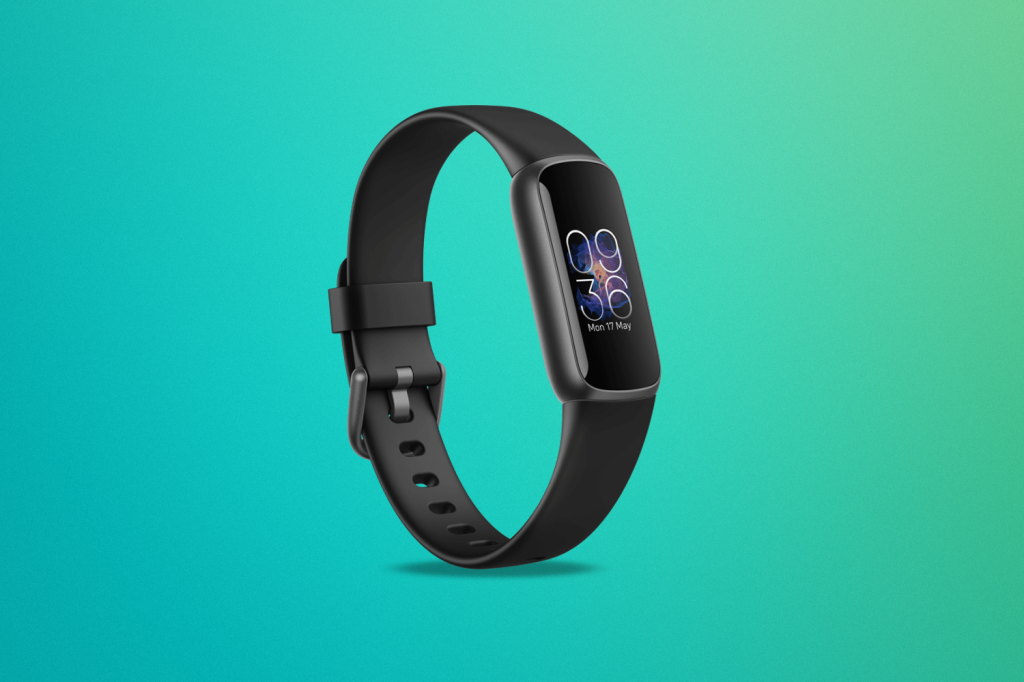
2. Fitbit Inspire 3
Stuff Verdict
Fitbit’s most affordable fitness tracker is great to have around if you care about counting steps, monitoring resting heart rate and taking a comfortable tracker to bed.
Pros
- A colour screen (finally)
- Great sleep tracker
Cons
- Some insights require Fitbit Premium
- It’s a small display
| Fitbit Inspire 3 specs | |
|---|---|
| Platform | iOS and Android |
| Waterproof rating | 5ATM |
| Display | AMOLED |
| Heart rate sensor | Yes |
| Blood oxygen sensor | Yes |
| GPS | Connected |
| Battery life | Up to 10 days |
The Fitbit Inspire 3 is the most affordable member of the Fitbit clan and makes some significant design changes from previous Inspires to make it a much nicer wearable to live with.
The main being the introduction of an AMOLED touchscreen display, which isn’t the largest you’ll find on a Fitbit device, but does make checking activity tracking progress a much nicer thing to do now.
The aim of the Inspire 3 is to give you those Fitbit tracking staples like counting steps, nudging you when you’re not active and delving deep into sleep as well, and that’s where it excels. Especially when it’s such a light and comfortable tracker to take to sleep and wear all day.
It does make room for a heart rate monitor, which can serve up insightful metrics like resting heart rate and also gives you access to more exercise-centric insights like unlocking Active Zone Minutes and seeing your Cardio Fitness Score. An infrared sensor means there’s the ability to track blood oxygen levels at night to offer further wellness insights.
It gives you automatic exercise recognition support and will track pool swims in a basic fashion, but you’re not getting any onboard GPS. Battery life maxes out at 10 days and drops to a week with the screen on 24/7, but there’s certainly more good than bad here overall and the Inspire 3 is finally an affordable fitness tracker that’s worth having on your wrist.
- Read more: Fitbit Inspire 3 review
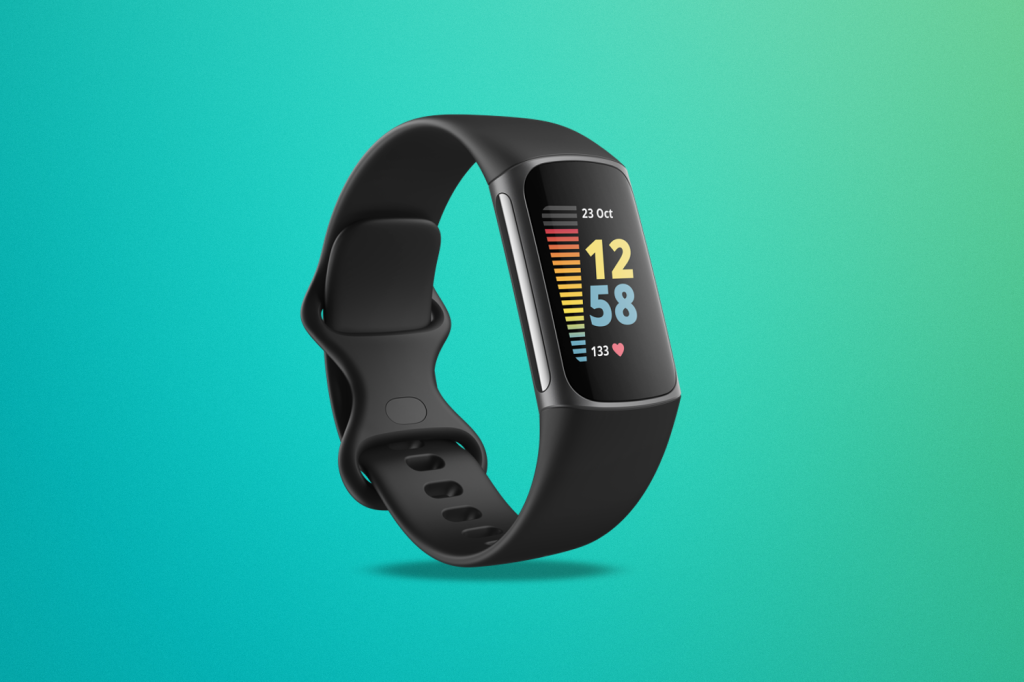
3. Fitbit Charge 5
Stuff Verdict
The Charge 5 is a feature-packed fitness tracker that’s a better fitness and health companion than a sports tracking one.
Pros
- Comfortable to wear 24/7
- Easy to use interface
Cons
- Data insights locked behind Fitbit Premium
- Iffy sports tracking accuracy
| Fitbit Charge 5 specs | |
|---|---|
| Platform | iOS and Android |
| Waterproof rating | 5ATM |
| Display | AMOLED |
| Heart rate sensor | Yes |
| Blood oxygen sensor | Yes |
| GPS | Yes |
| Battery life | Up to 7 days |
The Charge 5 is the halfway house between Fitbit’s fitness tracker and smartwatches. It gives you plenty of what you get on its Versa and Sense smartwatches, but sticks those features in a more band-like form.
Along with all of Fitbit’s usual solid activity and sleep tracking features, the Charge 5 is the only Fitbit fitness tracker with built-in GPS, which isn’t best in class, but does mean being less reliant on your phone to track outdoor runs and rides.
On the health tracking front, it manages to squeeze in the ECG sensor that’s included on the pricier Sense and Sense 2, letting you take measurements that can be used to help detect the serious heart health disorder atrial fibrillation.
Fitbit also includes its Fitbit Pay contactless payment support, the ability to quickly track down your phone and additional features like Daily Readiness Scores to assess your preparation for the day ahead – if you sign up to Fitbit Premium.
If you don’t want a smartwatch but like the idea of having more of the features found on Fitbit’s pricier smartwatches, then that’s where the Charge 5 comes into its own.
- Read more: Fitbit Charge 5 review

4. Fibit Sense 2
Stuff Verdict
A sleek watch made for health and wellness monitoring that’s a poorer smartwatch thanks to some missing features from the original
Pros
- Reliable fitness tracking features
- Bigger push on stress monitoring
Cons
- Loses features from first Sense
- Stuttering software
| Fibit Sense 2 specs | |
|---|---|
| Platform | iOS and Android |
| Waterproof rating | 5ATM |
| Display | AMOLED |
| Heart rate sensor | Yes |
| Blood oxygen sensor | Yes |
| GPS | Yes |
| Battery life | Up to 6 days |
2020’s Fitbit Sense was the first smartwatch with an EDA sensor, meaning it could monitor stress and advise you accordingly. In 2022, the brand released a second-generation watch, dubbed the Fitbit Sense 2. Boasting the same ECG app and on-wrist skin temperature sensor, plus all-day heart rate, activity tracking and GPS, the Sense 2 has even more specs to impress in 2023.
Styled like its first-generation counterpart, the Sense is skinned in aluminium and silicon. Surprisingly slim and light, it’s also simple to switch straps. Less handy is the single capacitive button under the left bezel: it’s awkwardly placed and too easy to accidentally press.
Up front is a same-size 1.58in AMOLED display. Deep blacks and vibrant colours make up for sizeable bezels, and Fitbit has worked on its raise-to-wake feature – a major first-gen bugbear. However, it hasn’t solved the problem of lag between swipes, with stuttering software on the new watch. You’ll get the most meaningful feedback via the smartphone app, especially when it comes to stress levels – although mindfulness sessions are reserved for Fitbit Premium subscribers.
Fitbit still trails Apple when it comes to apps (there’s no offline Spotify), but the Sense 2 does a solid job on smartwatch duty. Alexa is there, as well as Fitbit Pay, plus notification support. Add a six-day battery life (achievable even with 24/7 tracking) and the Sense 2 shapes up as a buggy but well-rounded health and fitness assistant, albeit not too different from the original device.
- Read more: Fitbit Sense 2 review
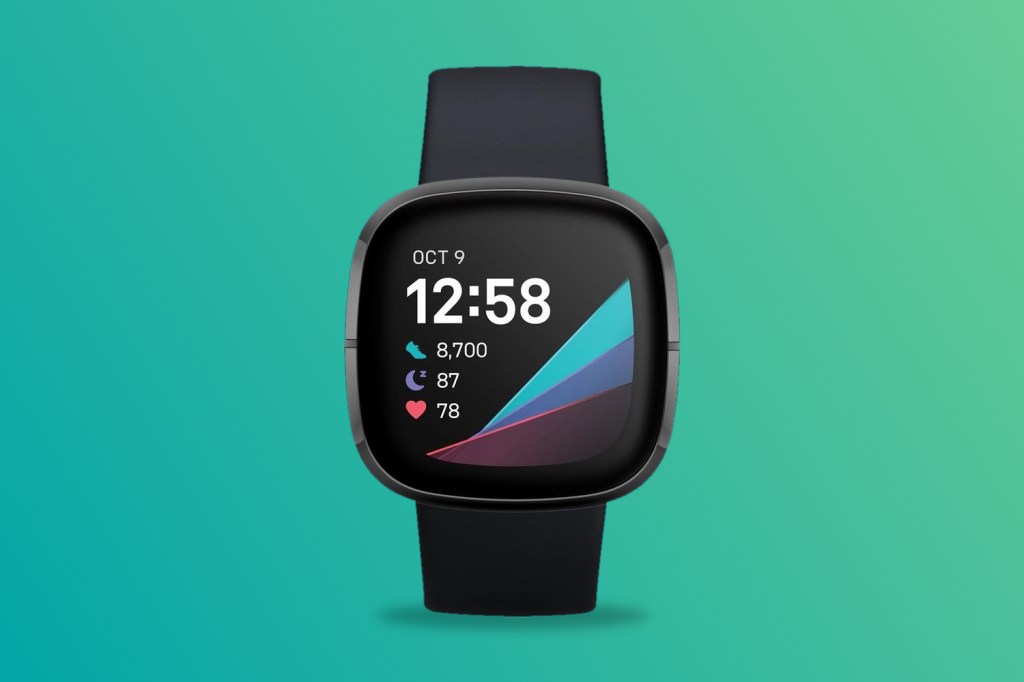
5. Fitbit Sense
Stuff Verdict
The Fitbit Sense is the Fitbit smartwatch to buy if you care about keeping a close on serious health issues
Pros
- EDA, ECG, SpO2 and a skin temperature sensor make the Sense unrivalled for health features
- Apple Watch-embarrassing battery life
Cons
- Seriously buggy and slow
- Data overload can be both vague and confusing
| Fitbit Sense specs | |
|---|---|
| Platform | iOS and Android |
| Waterproof rating | 5ATM |
| Display | AMOLED |
| Heart rate sensor | Yes |
| Blood oxygen sensor | No |
| GPS | Yes |
| Battery life | 6+ days |
Like the Versa, there is now a newer Sense 2, but there doesn’t really feel like there’s enough of a reason to spend more on the newer Sense when the original offers a largely identical experience.
It matches the Versa in looks, level of durability and the type of AMOLED display you can expect to stare down at as well. The Sense mainly lacks Fitbit’s new cEDA sensor to continuously track the body’s response to stress and doesn’t have a physical button.
It does still have an EDA sensor to take on-the-spot stress measurements and you still get an ECG, optical heart rate sensor and infrared-based SpO2 sensor to offer plenty of health metrics. There’s also a temperature sensor that captures temperature during the night to boost those health insights.
All of the same smartwatch features found on the Versa and Sense 2 are in place including the choice of Google or Amazon smart assistants and the ability to take calls from the wrist. The Sense is the Fitbit you want if you care about health tracking and prefer a bigger screen compared to the similar support set you’ll get on the Charge 5.
- Read more: Fitbit Sense review
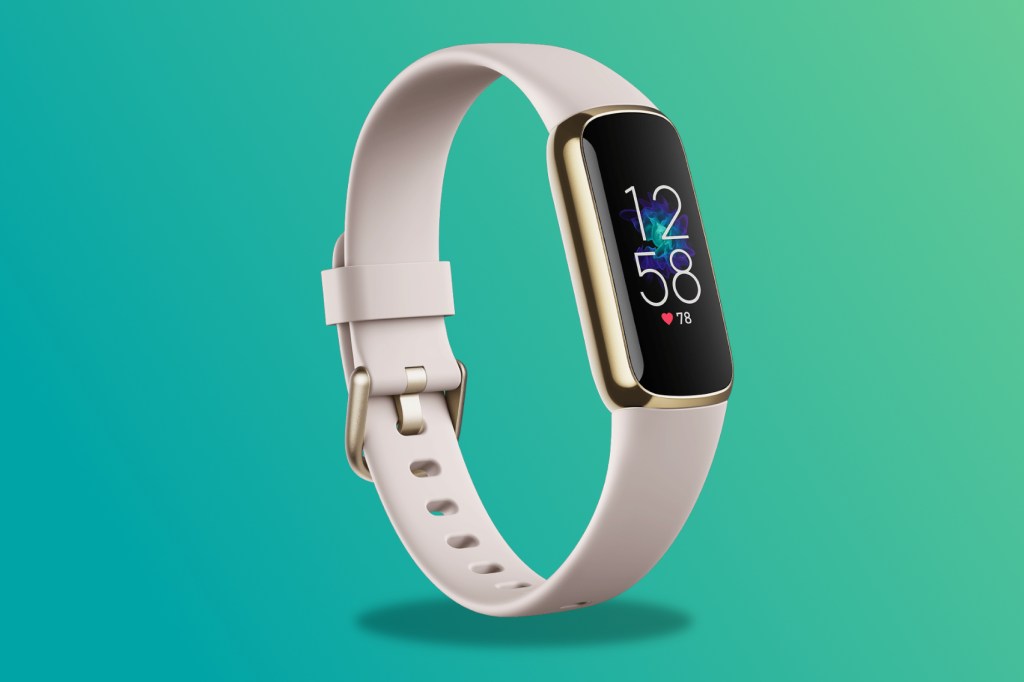
6. Fitbit Luxe
Stuff Verdict
Fitbit’s most attractive wearable gives you those great Fitbit tracking staples that prioritises wrapping those features as opposed to smartwatch ones in an sleek body.
Pros
- Elegant design
- All the sensors you could need
Cons
- Small screen
- Data insights locked behind Fitbit Premium
| Fitbit Luxe specs | |
|---|---|
| Platform | iOS and Android |
| Waterproof rating | 5ATM |
| Display | AMOLED |
| Heart rate sensor | Yes |
| Blood oxygen sensor | Yes |
| GPS | Connected |
| Battery life | Up to 5 days |
The Fitbit Luxe is the Fitbit fitness tracker that looks least like a fitness tracker. That’s because Fitbit has sought to give it the kind of slim profile, stainless steel case and swappable bands that achieve that more attractive look.
It also finds rooms for a vibrant AMOLED screen and sensors like Fitbit’s PurePulse optical heart rate sensor and infrared sensors to deliver SpO2 tracking during sleep to add to its reliable abilities to track activity and sleep.
You’ll probably be surprised to find it can track outdoor exercise as long as your phone is nearby to do it accurately and it does offer features like Active Zone Minutes to show you when you worked out to your maximum effort and offers Daily Readiness Scores through Fitbit Premium to better understand when you should exercise at your hardest.
Fitbit keeps to the basics when it comes to smartwatch features, with notifications coming up a little cramped on that small screen, but if you value Fitbit’s software and like the idea of having it in a stylish design, that’s what the Luxe delivers.

7. Fitbit Versa 4
Stuff Verdict
Great for fitness tracking and general wellness, but stripped-out features make for a worse smartwatch
Pros
- The button is back
- Still a great sleep tracker
Cons
- Loses big smartwatch features from Versa 3
- Sports tracking is still just okay
| Fitbit Versa 4 specs | |
|---|---|
| Platform | iOS and Android |
| Waterproof rating | 5ATM |
| Display | AMOLED |
| Heart rate sensor | Yes |
| Blood oxygen sensor | Yes |
| GPS | Yes |
| Battery life | Up to 7 days |
More of a clever fitness tracker than a full-fat smartwatch, the Versa 4 improves on a few – but not all – of the Versa 3’s shortcomings, and throws in a heap of new Google apps. Chief among the upgrades is the addition of 20 new workout modes, bringing the total to 40 for whatever gets you sweating the best.
The Versa 4 can still track location and distance data in real-time with GPS, in addition to SpO2, heart rate and 24/7 activity monitoring. You’ll find the same Sense 1.58in AMOLED display as the Versa 3 and Sense 2, which is tried and trusted. This is handy, given that there’s more to see and do with it thanks to new Google apps such as Maps and Google Pay. Battery life is solid at six days, although that will drop to two if you set the screen to always-on. Charging, however, is a little quicker, taking just 12 minutes to deliver a full day of battery life.
Because it apes the shell of the Sense 2, it also suffers from a few of the same niggles, including the tricky button under the left bezel. It also does without the Sense’s EDA sensor – but costs quite a lot less because of it. As requested by many Versa 3 users, the physical side button is back, bringing easier functionality with fewer taps.
While it’s first and foremost a fitness watch, the Versa 4 is still a smart ticker. Alexa and Google Assistant are on hand for voice assistance, backed up by smartphone notifications and the Google apps we already mentioned. Provided you can live without a full catalogue of third-party apps, the Fitbit Versa 4 is an accessible and affordable Apple Watch alternative.
- Read more: Fitbit Versa 4 review
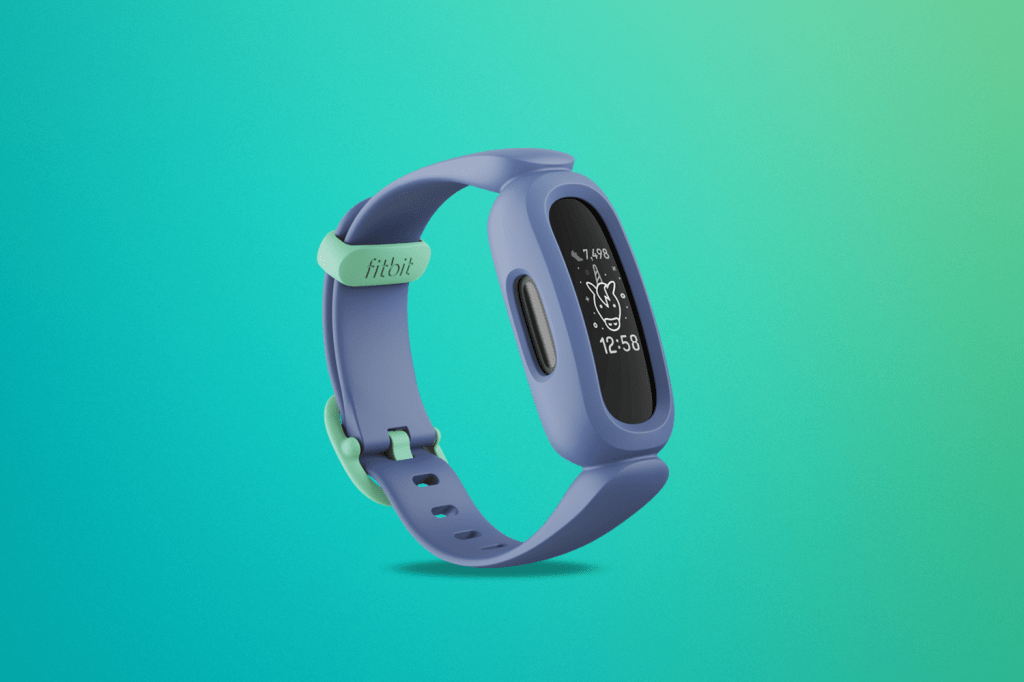
8. Fitbit Ace 3
Stuff Verdict
A great little device to encourage your child to be more active – it’s durable and fun to wear
Pros
- Fun designs
- Durable and swim-proof
Cons
- Interface could be more exciting
- Companion app isn’t very exciting either
| Fitbit Ace 3 specs | |
|---|---|
| Platform | iOS and Android |
| Waterproof rating | 5ATM |
| Display | PMOLED |
| Heart rate sensor | No |
| Blood oxygen sensor | No |
| GPS | No |
| Battery life | Up to 8 days |
A lot of little ones don’t need encouragement to tear around, but if your sprog wants an activity target, the Fitbit Ace 3 could be a winner. Built tough enough to survive some rough and tumble, a silicone bumper protects the display, while a swim-proof setup means it’s good for a dunking. There’s even a special edition Minions model to keep the little ones smiling.
The screen is a backlit black and white OLED. While the lack of colour can feel muted, a wide selection of watch faces should keep your critters entertained – and the monochrome setup contributes to a beefy battery life of up to eight days.
Designed for kids between the ages of six and 13, the Ace 3 doesn’t log the same stuff as grown-up Fitbits; there’s no calorie or location logging by default. Instead, it’ll focus on tracking sleep, steps and Active Minutes to motivate movement. Blessed with a competitive kid? You can also create Family Challenges through the app.
The app also has a Kid View which limits what they can access. Its interface isn’t the most exciting for youthful users, but the band itself does plenty to entertain – and its data can provide handy feedback for parents.
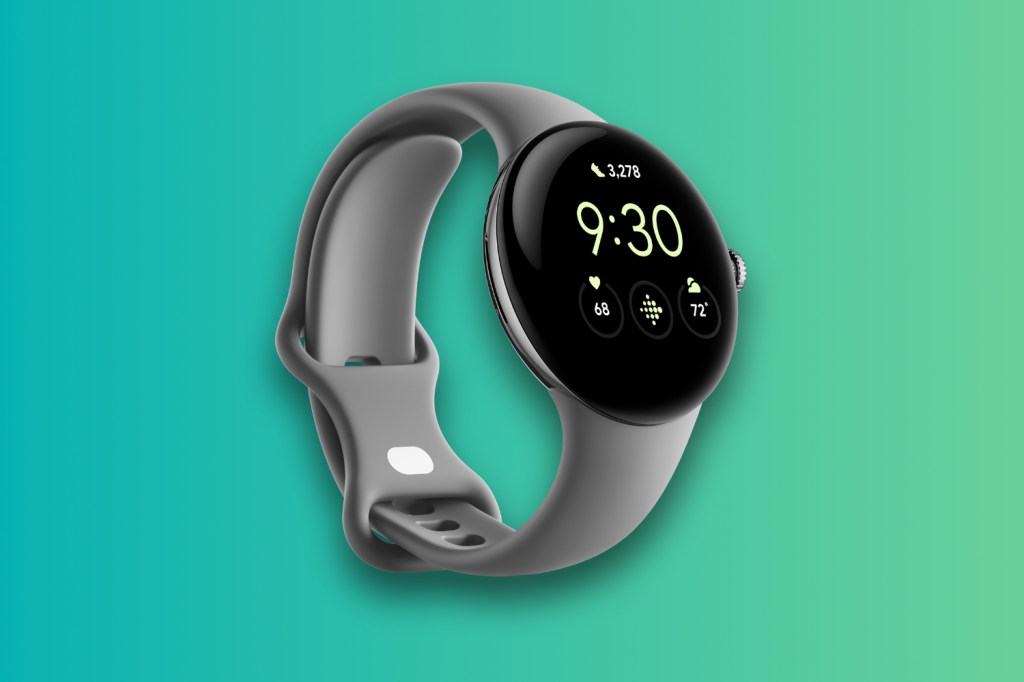
Honourable mention: Google Pixel Watch 2
Stuff Verdict
A wider range of fitness features and marginally better battery life improve Google’s second-attempt smartwatch – but the Pixel Watch 2 isn’t the dramatic upgrade many were hoping for
Pros
- More efficient CPU means true all-day battery life
- Abundance of fitness features and health sensors
Cons
- Still only one size, which looks dainty on large wrists
- Bested on battery life by larger rivals
| Google Pixel Watch 2 specs | |
|---|---|
| Platform | Android |
| Waterproof rating | 5ATM |
| Display | AMOLED |
| Heart rate sensor | Yes |
| Blood oxygen sensor | Yes |
| GPS | Yes |
| Battery life | 24 hours |
Why on Earth are we mentioning the full-fledged Pixel Watch in a Fitbit round-up? Well, since the big G owns both, there’s some rather deep integration of Fitbit’s services on the Pixel Watch 2. In fact, Fitbit handles everything fitness on this watch, rather than the company’s own Google Fit.
This smartwatch is very health-detailed, with food and water intake, mindfulness reminders and exercise readiness tracking alongside the basics like step count and calories burned. It also brings some of the best heart rate and sleep tracking, with 24/7 per-second monitoring. An ECG function is present and correct, too – something only found in high-end wearables.
Besides all this, the Pixel Watch 2 is one of the better Android smartwatches available. It comes with all the apps you can shake a stick at through the Play Store, as well as the Google apps you’d expect, such as Maps and Google Pay. You can shove a SIM in this thing for calls and texts on the go, as well as all the usual smartwatch functionality you’d expect.
- Read more: Google Pixel Watch 2 review
- Related: Want a smartwatch instead? Here’s our guide to the best smartwatches

